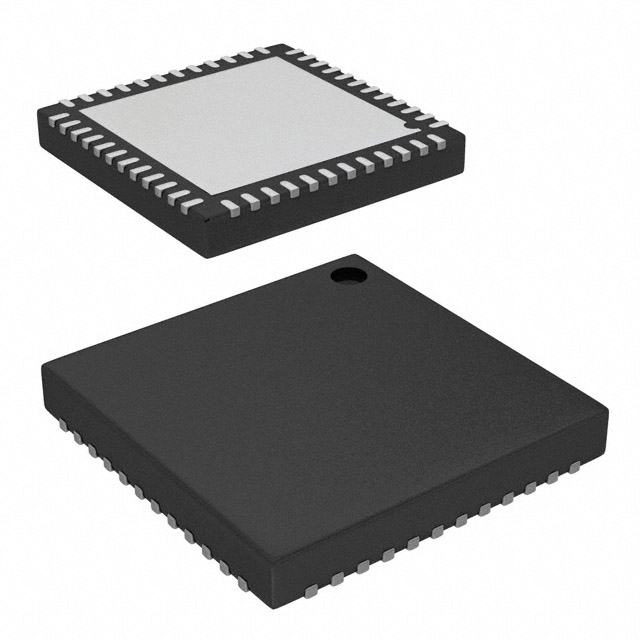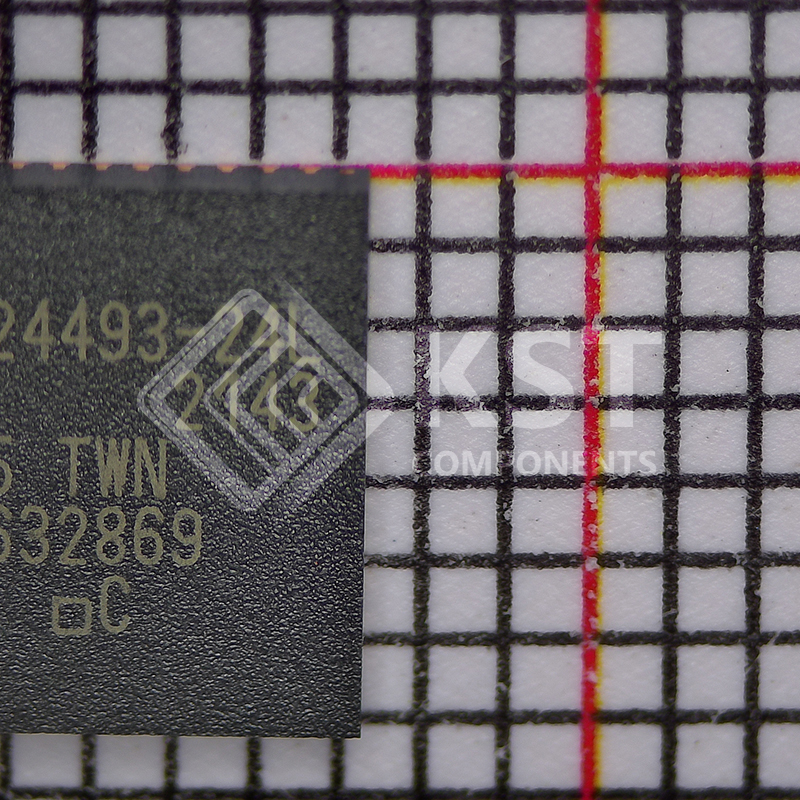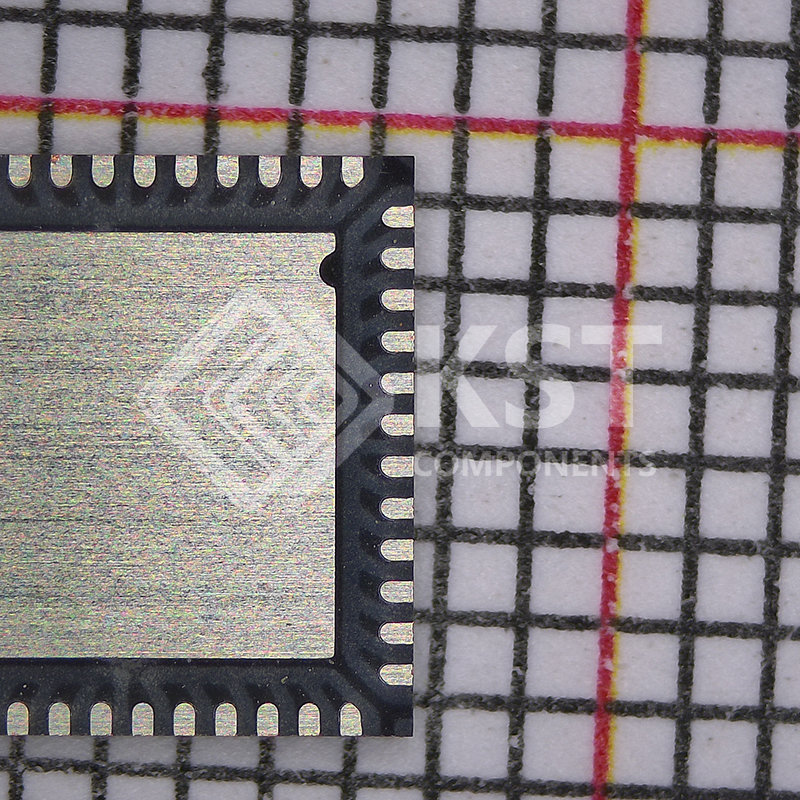■ Powerful Harvard-architecture processor
❐ M8C CPU with a max speed of 24 MHz
■ Operating Range: 1.71 V to 5.5 V
❐ Standby Mode 1.1 μA (Typ)
❐ Deep Sleep 0.1 μA (Typ)
■ Operating Temperature range: –40 °C to +85 °C
■ Flexible on-chip memory
❐ 8 KB flash, 1 KB SRAM
❐ 16 KB flash, 2 KB SRAM
❐ 32 KB flash, 2 KB SRAM
❐ Read while Write with EEPROM emulation
❐ 50,000 flash erase/write cycles
❐ In-system programming simplifies manufacturing process
■ Four Clock Sources
❐ Internal main oscillator (IMO): 6/12/24 MHz
❐ Internal low-speed oscillator (ILO) at 32 kHz for watchdog
and sleep timers
❐ External 32 KHz Crystal Oscillator
❐ External Clock Input
■ Programmable pin configurations
❐ Up to 36 general purpose dual mode GPIO (Analog inputs
and Digital I/O supported)
❐ High sink current of 25 mA per GPIO
• Max sink current 120 mA for all GPIOs
❐ Source Current
• 5 mA on ports 0 and 1
• 1 mA on ports 2,3 and 4
❐ Configurable internal pull-up, high-Z and open drain modes
❐ Selectable, regulated digital I/O on port 1
❐ Configurable input threshold on port 1
■ Versatile Analog functions
❐ Internal Low-Dropout voltage regulator for high power supply
rejection ratio (PSRR)
■ Full-Speed USB
❐ 12 Mbps USB 2.0 compliant
❐ Eight unidirectional endpoints
❐ One bidirectional endpoint
❐ Dedicated 512 byte SRAM
❐ No external crystal required
■ Additional system resources
❐ I2C Slave:
• Selectable to 50 kHz, 100 kHz, or 400 kHz
❐ Configurable up to 12 MHz SPI master and slave
❐ Three 16-bit timers
❐ Watchdog and sleep timers
❐ Integrated supervisory circuit
❐ 10-bit incremental analog-to-digital converter (ADC) with
internal voltage reference
❐ Two general-purpose Comparators
• 3 Voltage References (0.8 V, 1 V, 1.2 V)
• Any pin to either comparator inputs
• Low-power operation at 10 µA
❐ One 8-bit IDAC with full scale range of 512 µA
❐ One 8-bit Software PWM
■ Development Platform
❐ PSoC Designer™ IDE
■ GPIOs and Package options
❐ 13 GPIOs – QFN 16
❐ 28 GPIOs – QFN 32
❐ 34 GPIOs – QFN 48
❐ 36 GPIOs – QFN 48







